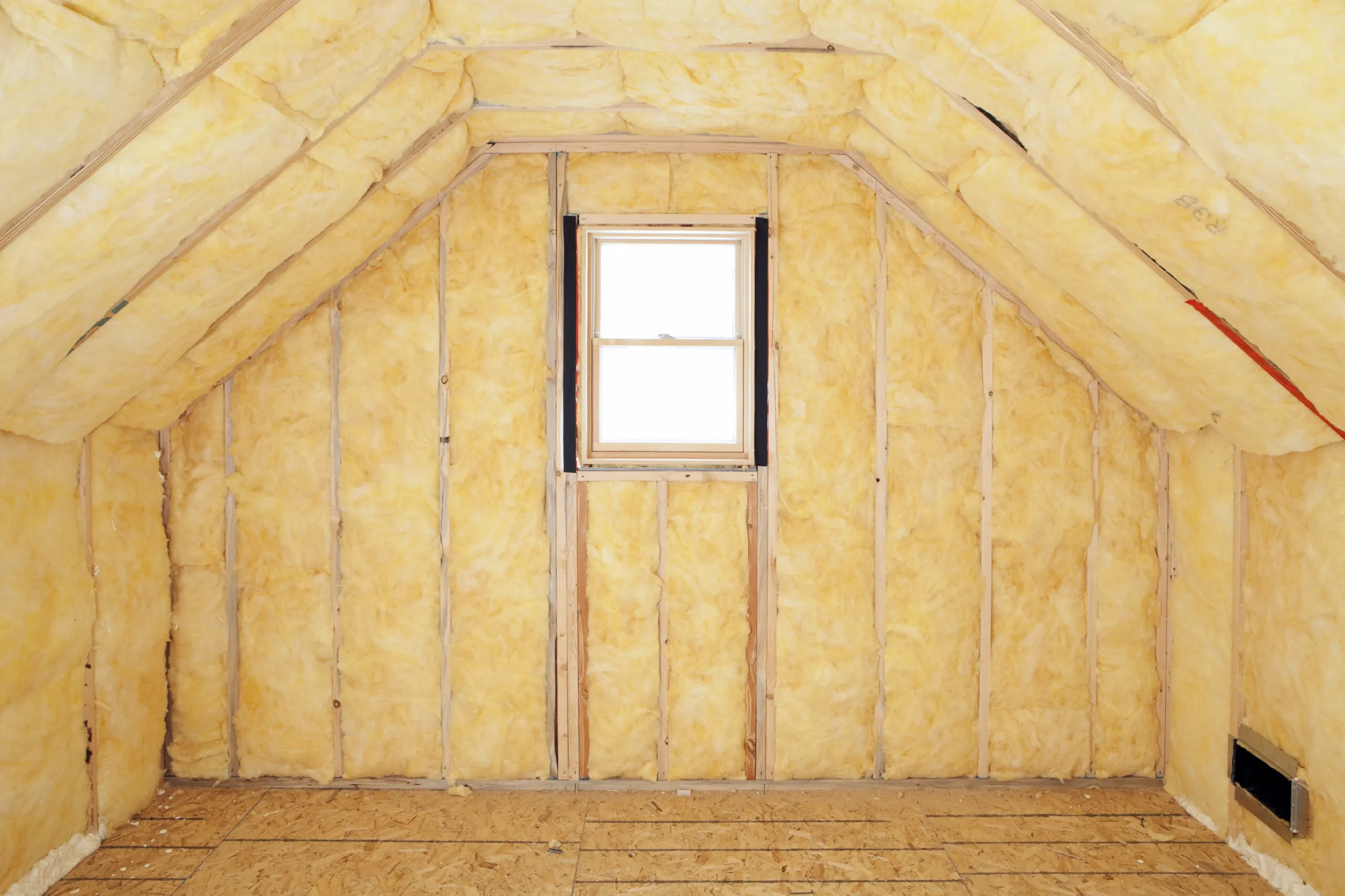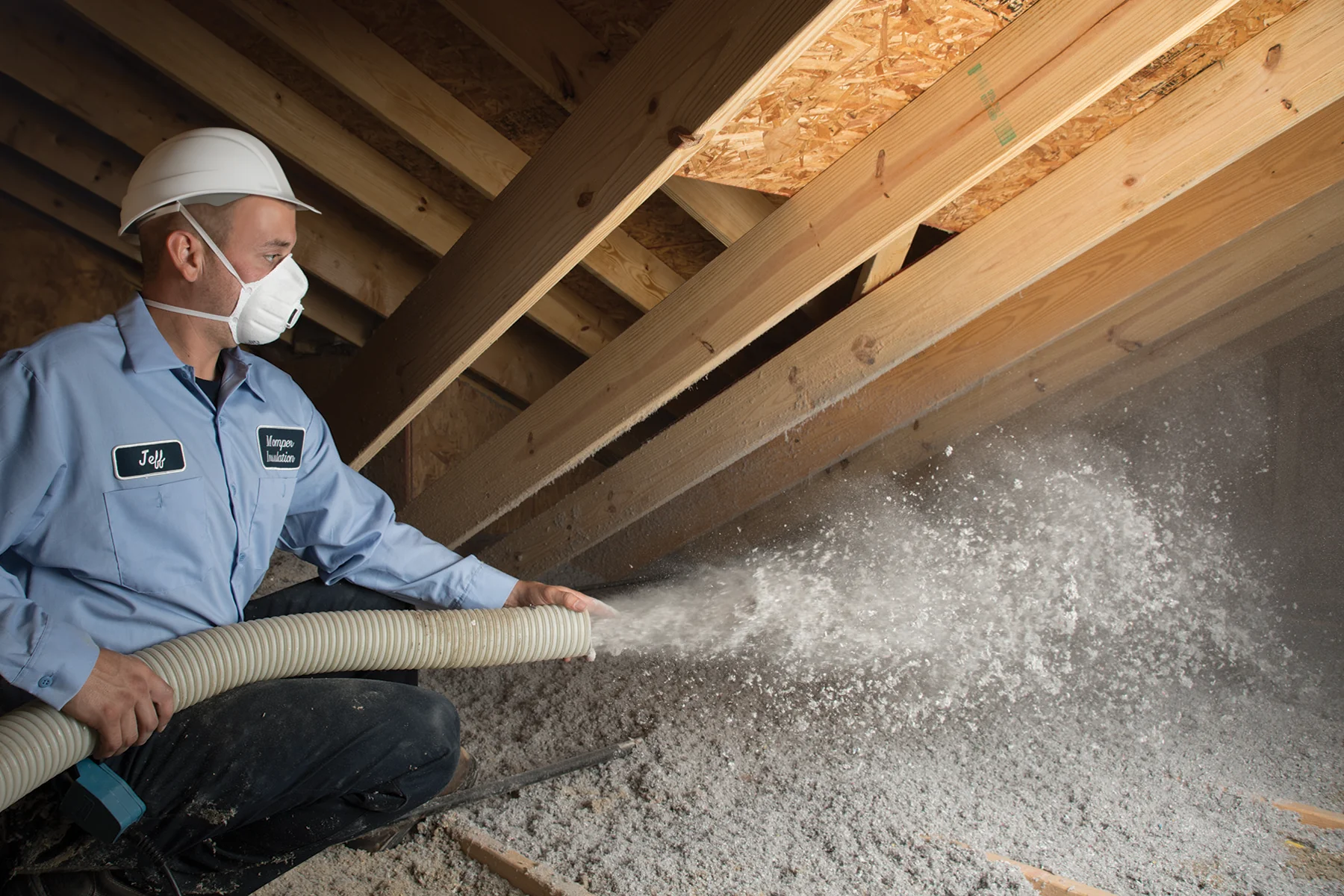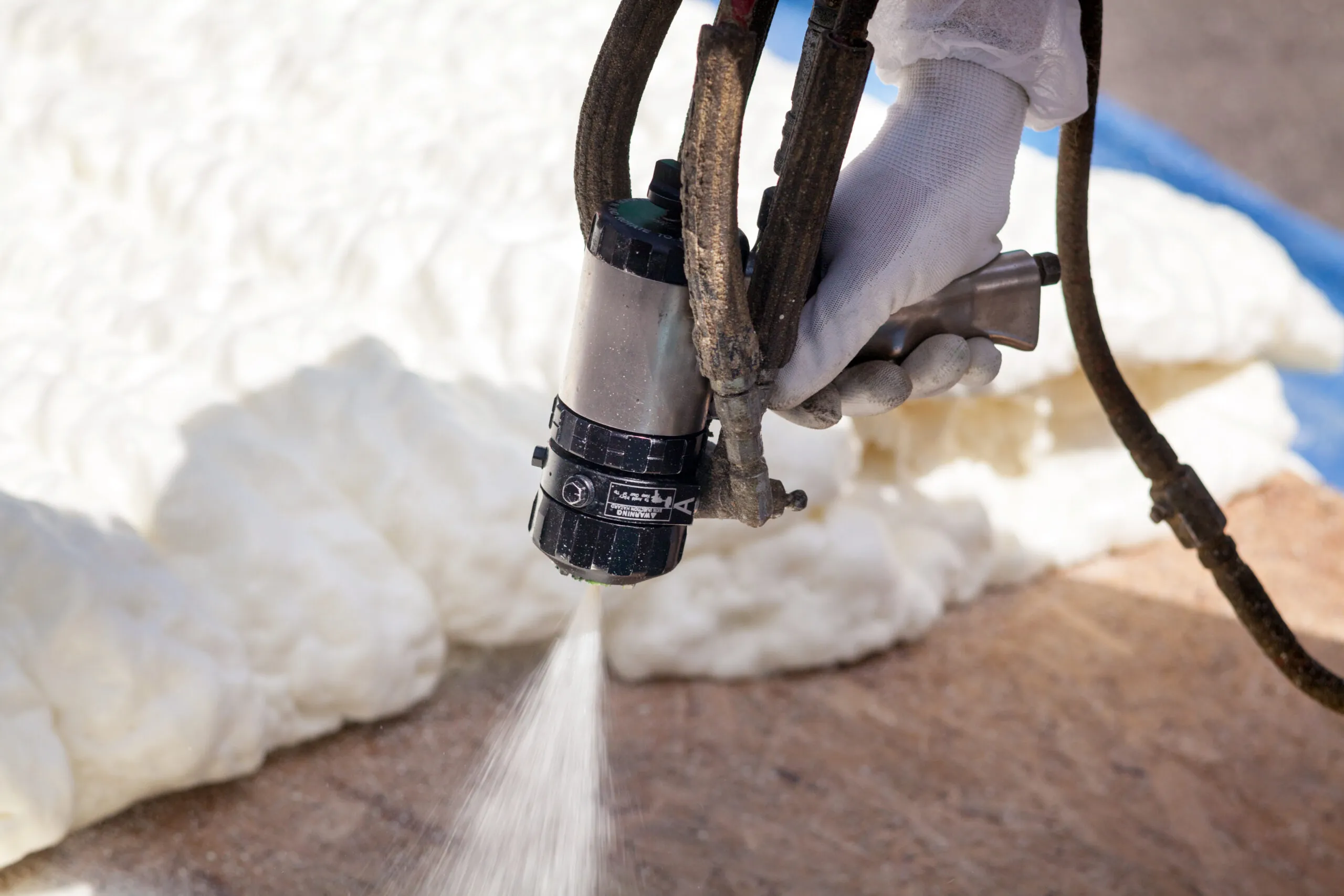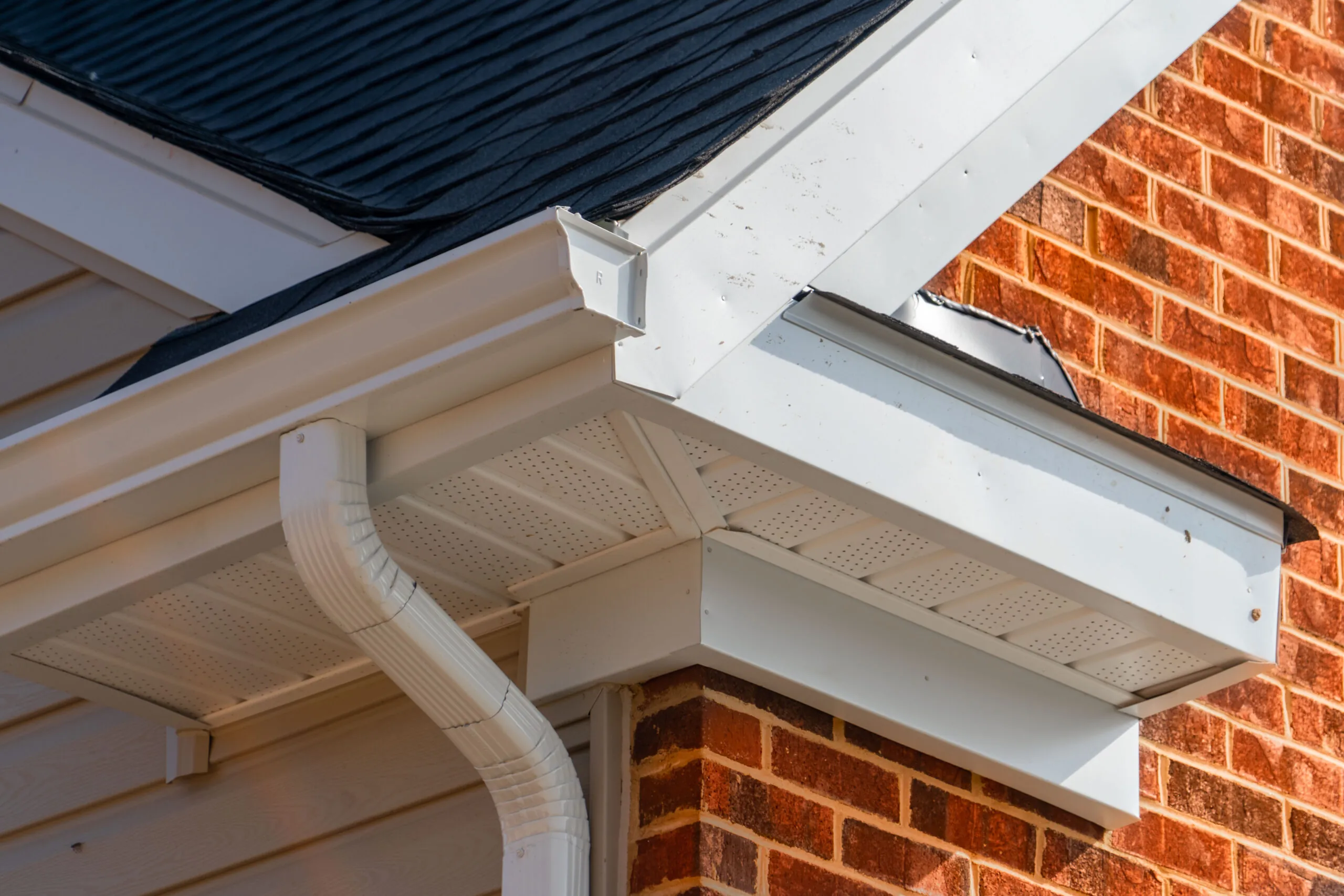If you’re considering ways to increase your home’s energy efficiency and performance, insulation should be on your list of potential solutions. There are many things to consider as you research insulation, and perhaps the biggest factor is the R-value. So, what exactly is insulation R-value, and how does it affect performance? Here’s what you should know.
What Is Insulation R-value?
Simply put, the R in insulation R-value indicates resistance — this is used as the basic measurement of the heat resistance of the insulation material and is calculated per inch of width. Here’s an example:
How Is Insulation R-Value Calculated?
Let’s start with an example. Solid wood has an R-value of 1. An R-value is also calculated per inch of width. Therefore, a 3-inch-thick board has an R-value of 3. Blown fiberglass installed in an attic has an R-value of 2.2 per inch, so 12 inches of it would give you an R-value of 26.4 in your attic installation project.
How Much Insulation Do I Need in My Home?
Many factors can affect the specific amount of insulation you’ll need for your home, including:
- The regional location
- The type of heating and cooling system you have in your home
- The size and age of your home
- The areas of your home that need insulation
- And more
Your regional location will be the most influential factor in determining how much insulation you’ll need. Consulting with an experienced professional can help you determine exactly what type and how much insulation will work best for your home.
What Are the Recommended R-Values in Chicago, Illinois?
Chicago is in Zone 5, so ENERGY STAR® recommends the following:
- For an un-insulated attic, you’ll need an R-value of 49 to 60.
- For areas with 3 to 4 inches of existing insulation, you’ll need an R-value of 38 to 49.
- For insulating flooring, you’ll need an R-value of 25 to 30.
Of course, these recommendations are merely estimates, so it’s important to consult with a professional who can properly inspect your home and any existing insulation to identify your specific needs and offer a variety of budget-friendly solutions.
Types of Insulation We Offer
The area you live in and the areas in your home that need insulation will determine which type of insulation will work best for your home. Here are some of the most common types of home insulation and where they work best:
- Fiberglass: Available in blown-in and batting formats, fiberglass is most often used in attics but works well in walls and crawl spaces.
- Radiant barrier: Designed as a reflective insulation material, radiant barrier insulation is typically installed under the roof in attics to reduce cooling costs.
- Spray foam: Applied as a wet material, this type of insulation expands into a thick foam to fill small gaps and crevices in hard-to-reach areas. It’s typically installed in attics and wall cavities.
- Cellulose: This is an environmentally friendly alternative consisting of as much as 85% recycled materials. It works well in all areas of the home.
Insulation Contractors You Can Trust
Do you need help deciding what insulation is best for your home? Call ThermaSeal/Lakeside Insulation today or contact us online.








